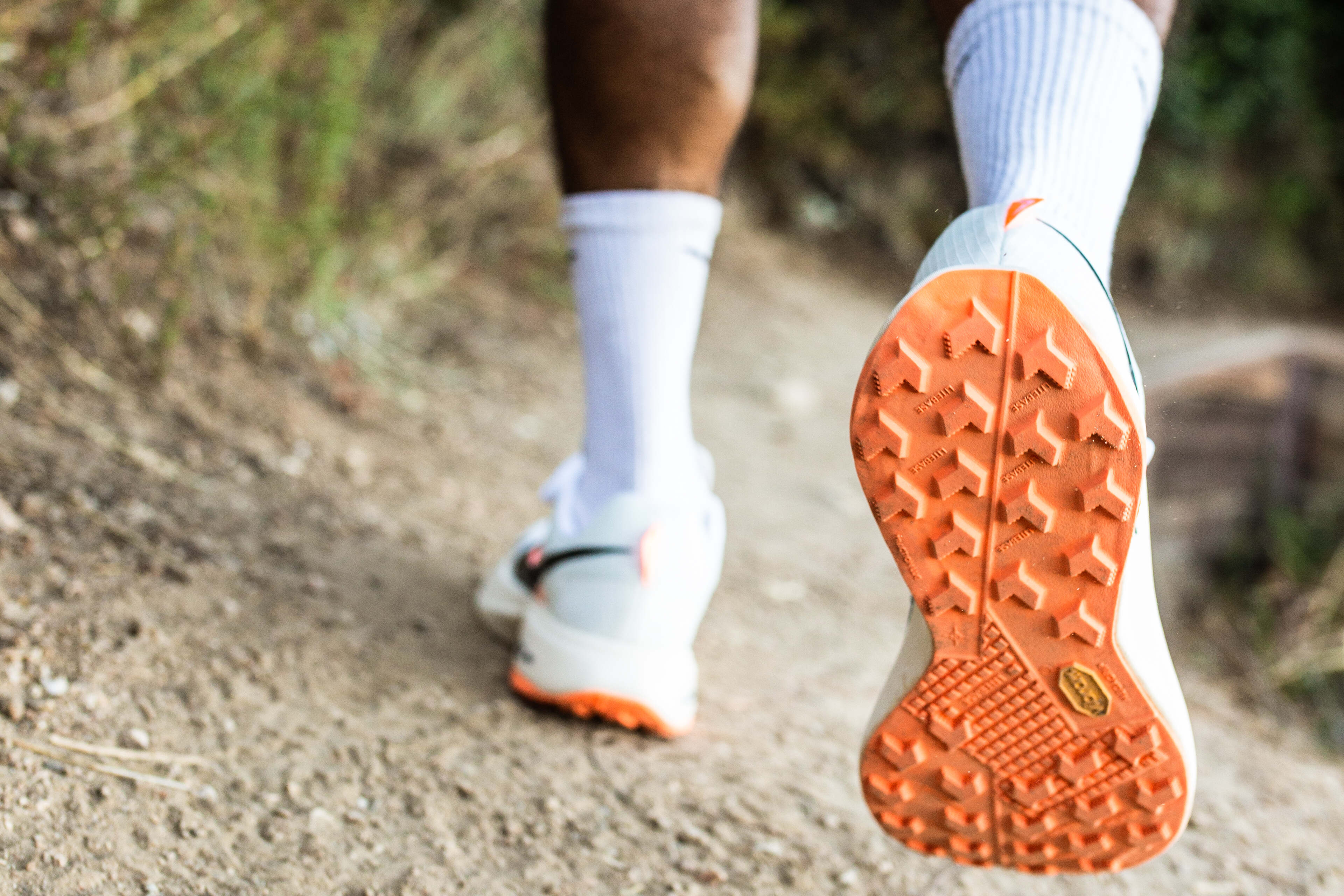When was the last time you thought about how you walk? Walking is one of our main modes of movement, but unlike running or riding a bike, you probably don’t give it much thought. And maybe you never have …
That’s exactly the kind of mindset — or lack thereof — that lead’s to improper form and, eventually, everyday aches and pains. Sure, you can go about your normal paces and get to your desired destinations, but a quick revisit to how you put one foot in front of the other can help to preserve your bones, joints, muscles and more.
This attention to form is especially critical when you consider walking as a daily form of exercise — whether as a supplemental activity or your standalone method of maintaining your health and wellness.
How to Walk: Tips for Good Posture and Form
A few simple steps can make every one count.
- Stand tall in your posture without any hunching forward or lurching back
- Keep your eyes facing forward rather than down at your feet
- Roll your shoulders back and down to achieve a wide, relaxed chest. A good tip is to try and keep your shoulder blades as far away from your ears as possible
- As you begin to move, alternate your arm swing with your legs, meaning your left arm should swing forward when stepping with your right leg and vice versa
- As your arm swings, try to swing from your shoulder rather than your elbow
- During your pace, keep your core engaged without excessive strain on your lower back. Try to maintain a natural pelvis to accentuate a smooth hip sway
- Regarding foot placement, try and roll smoothly from heel to toe in each landing. Avoid overextending for the sake of speed

